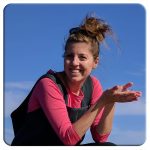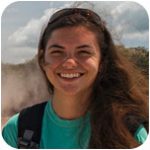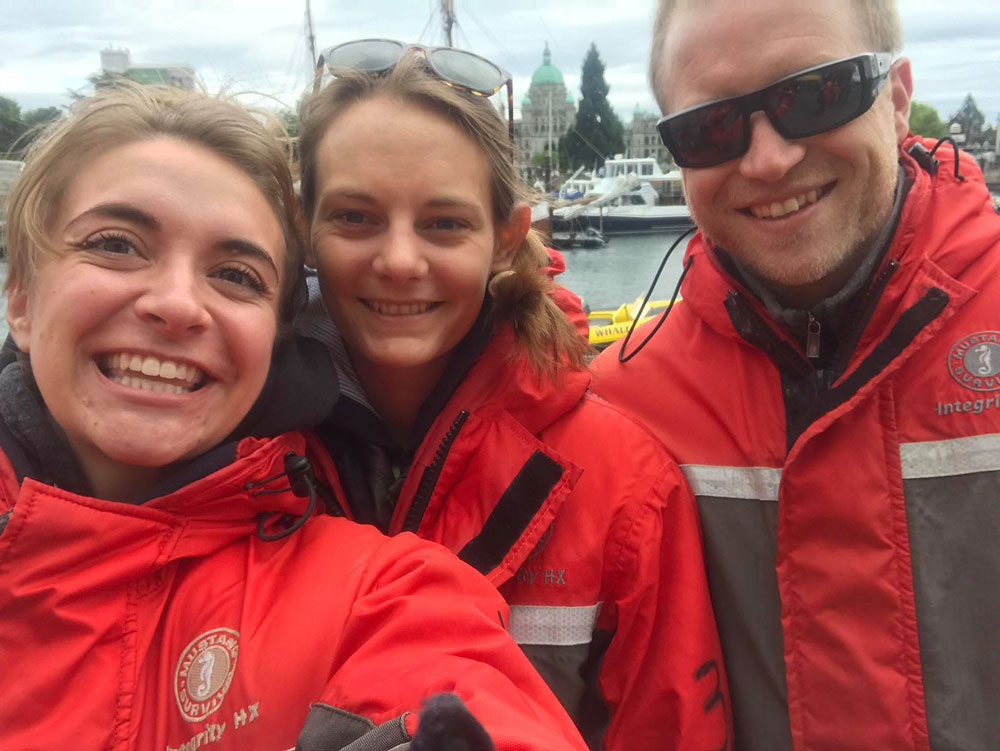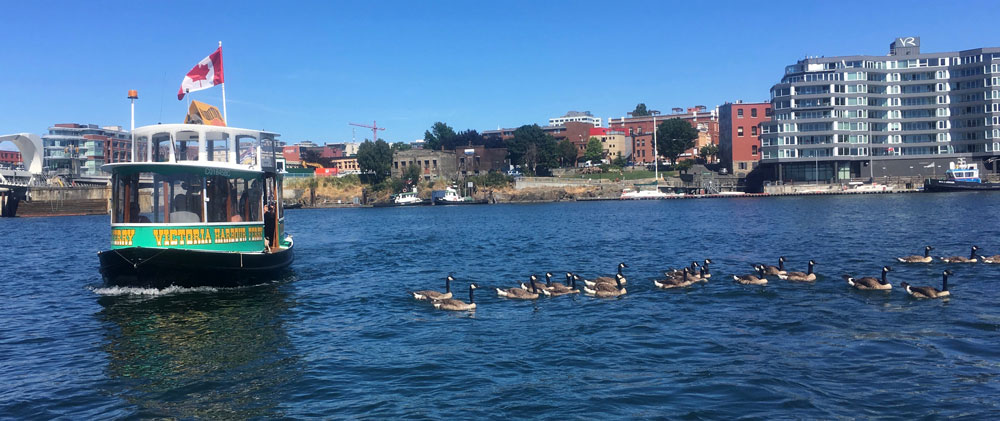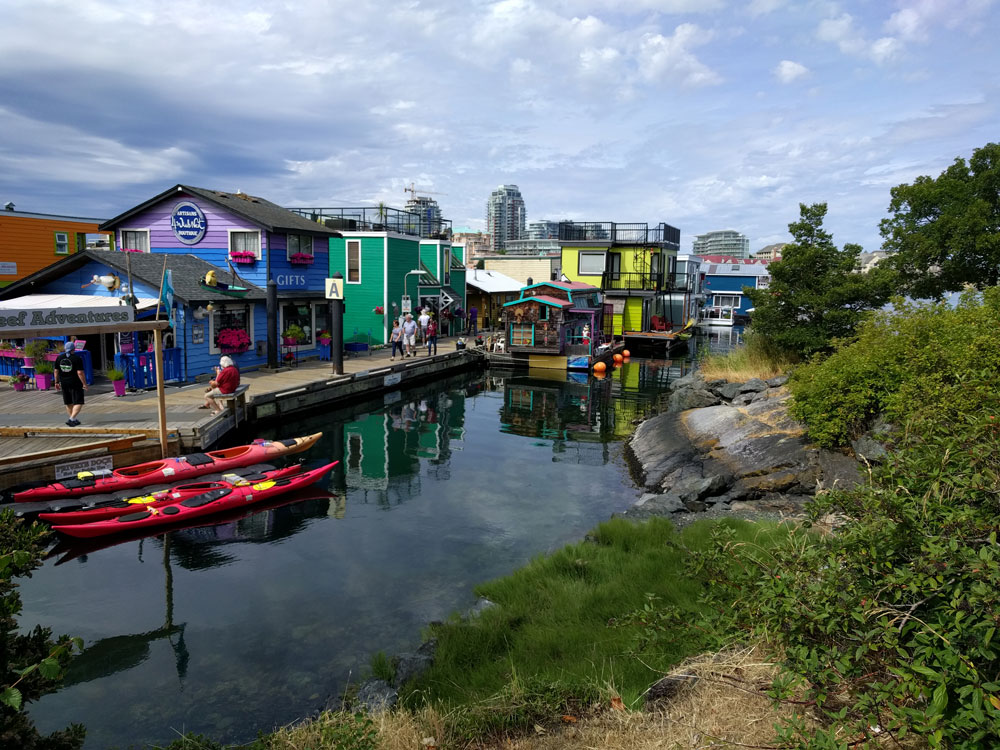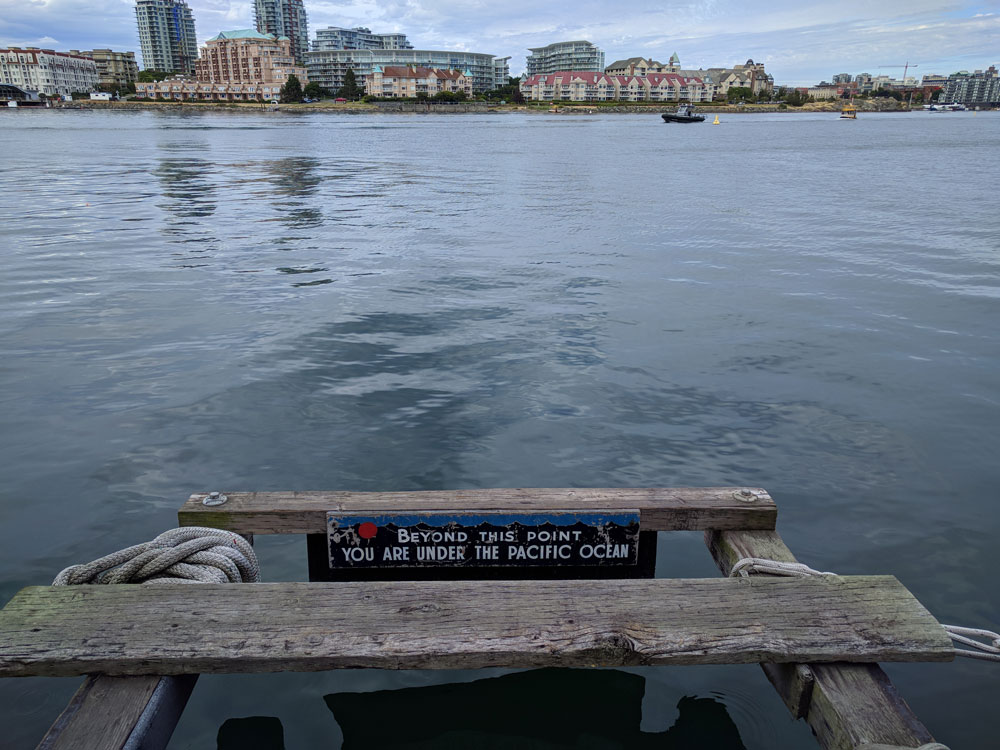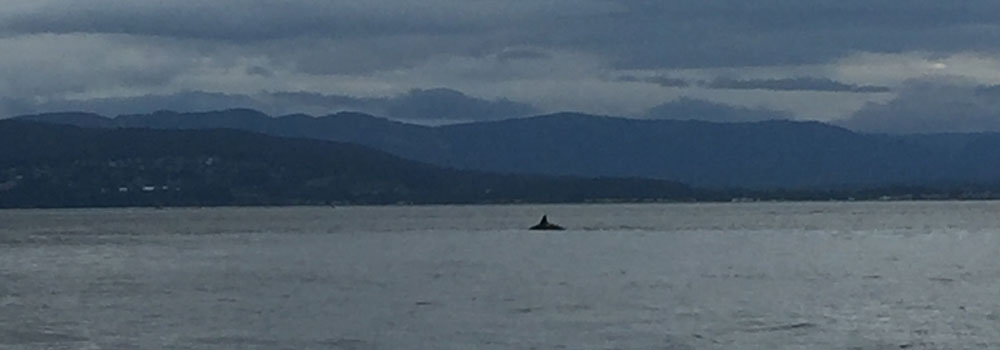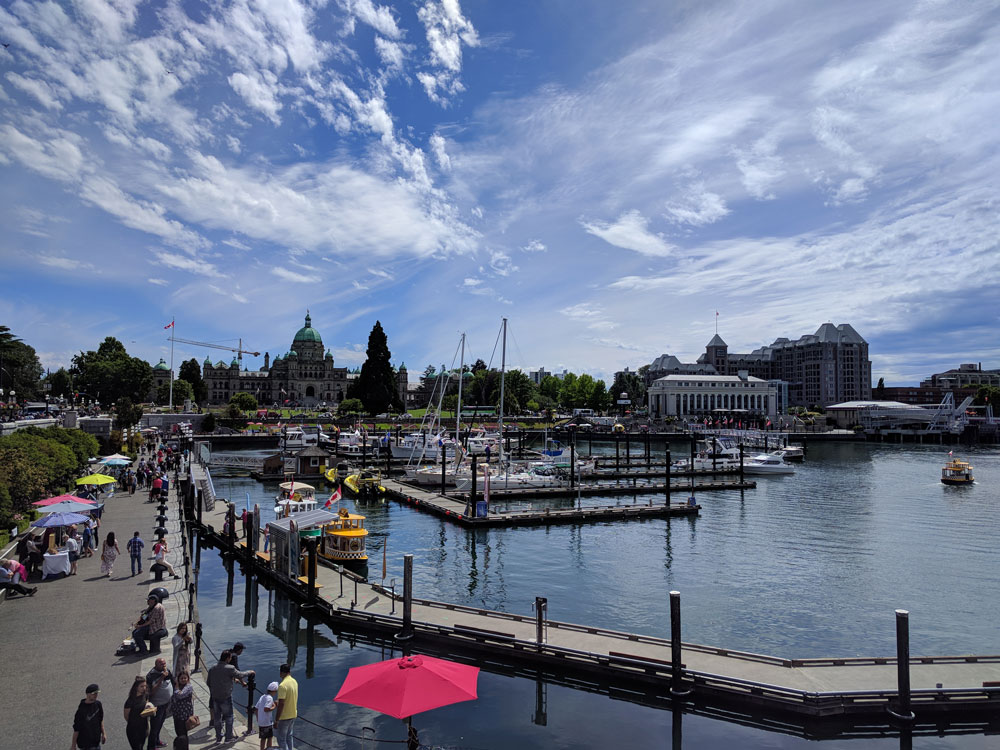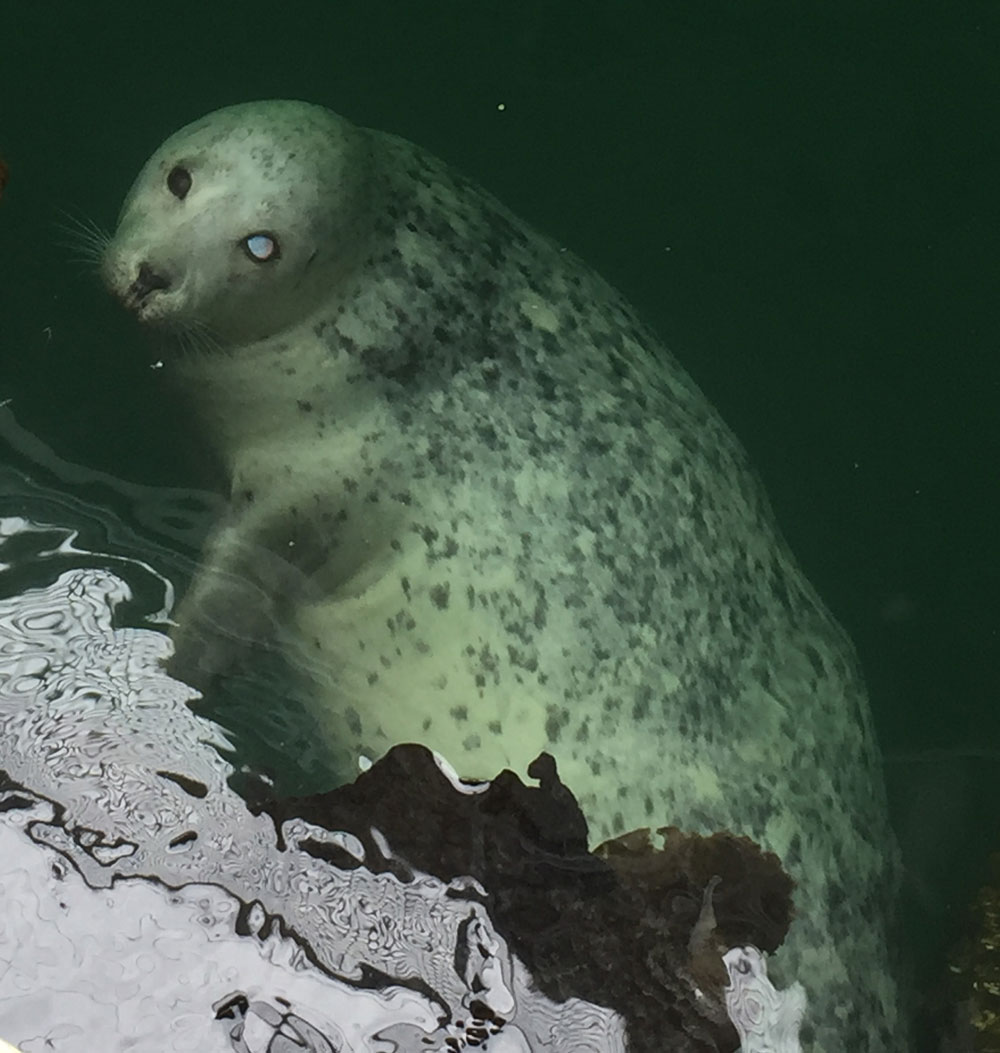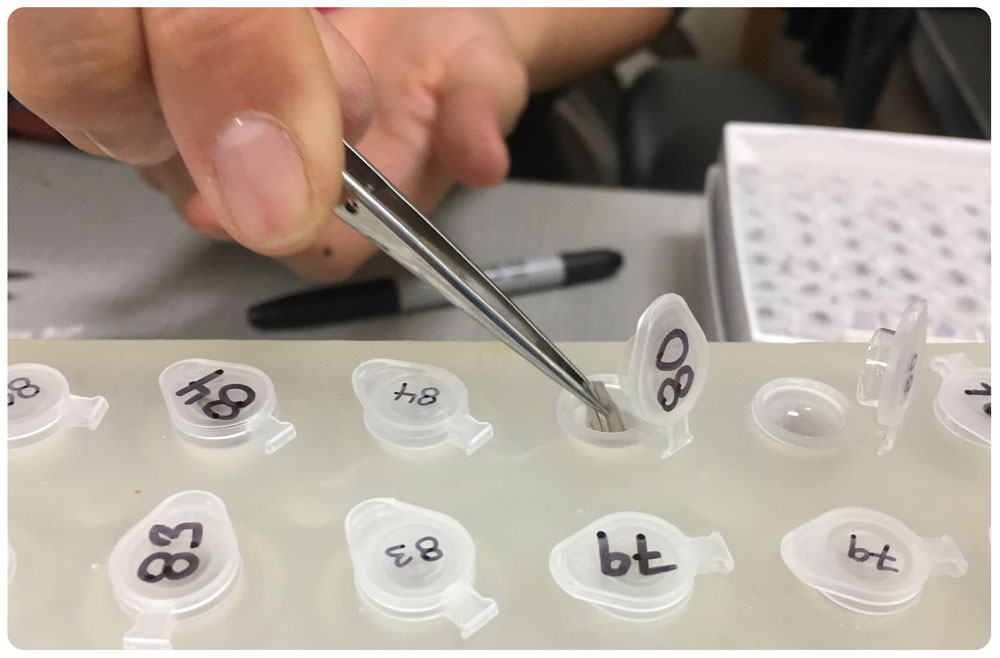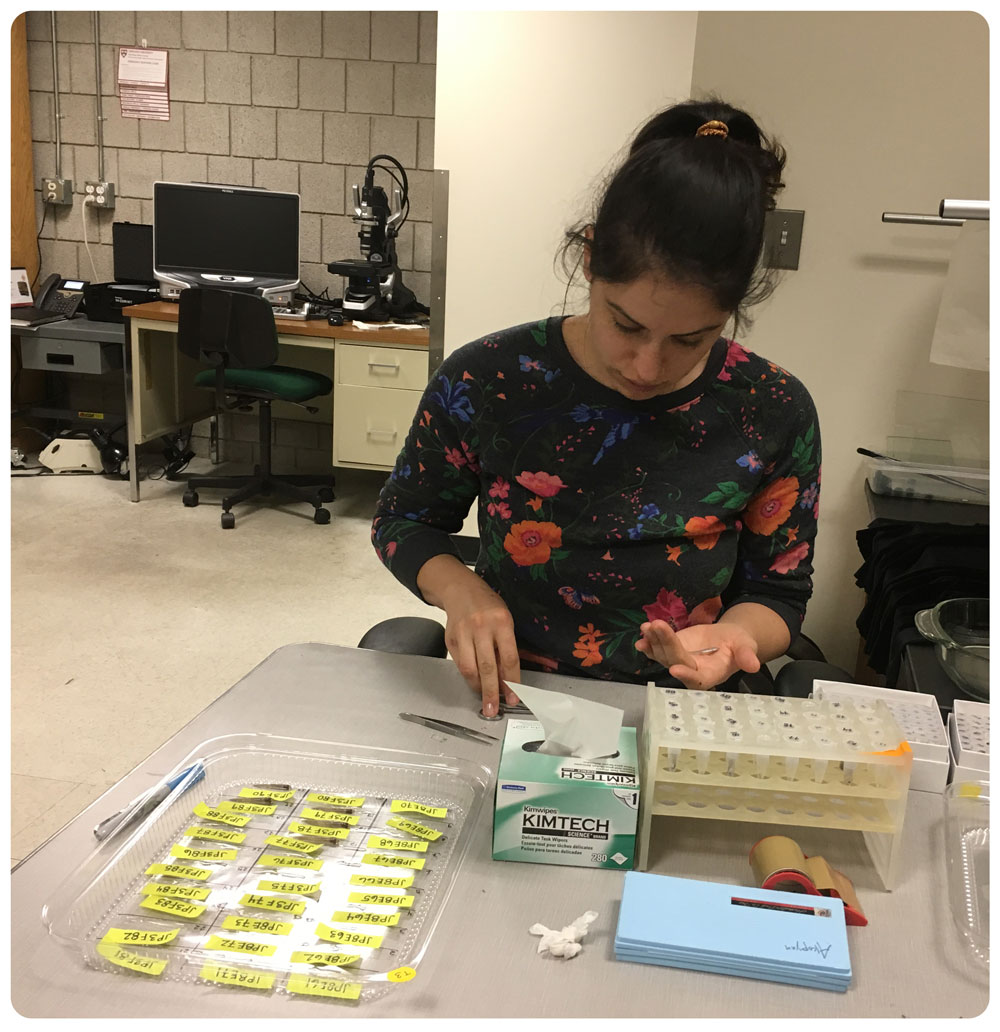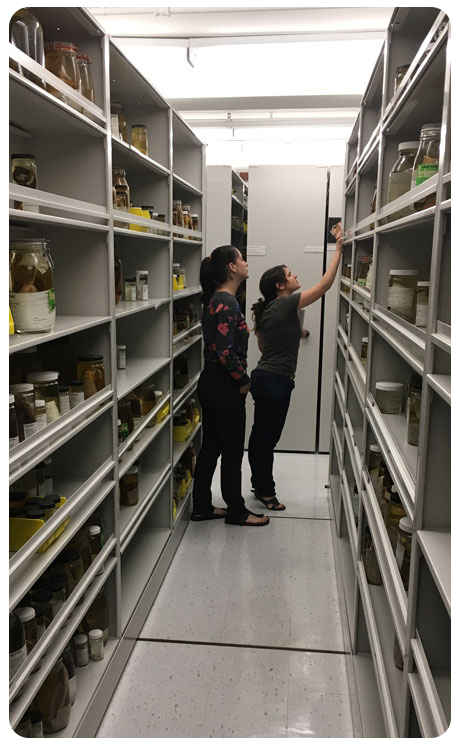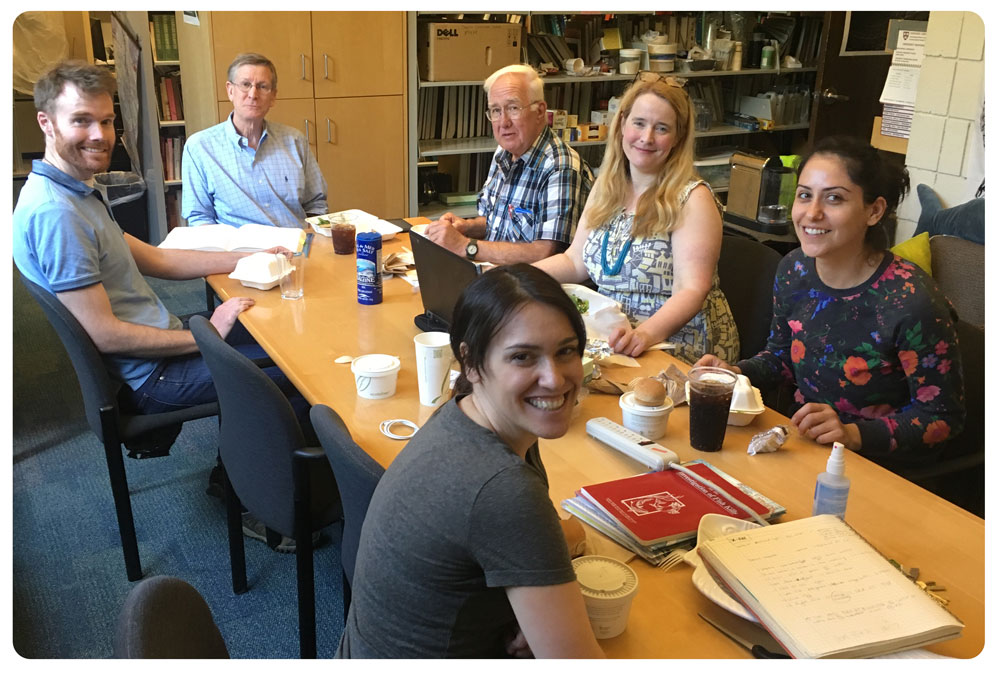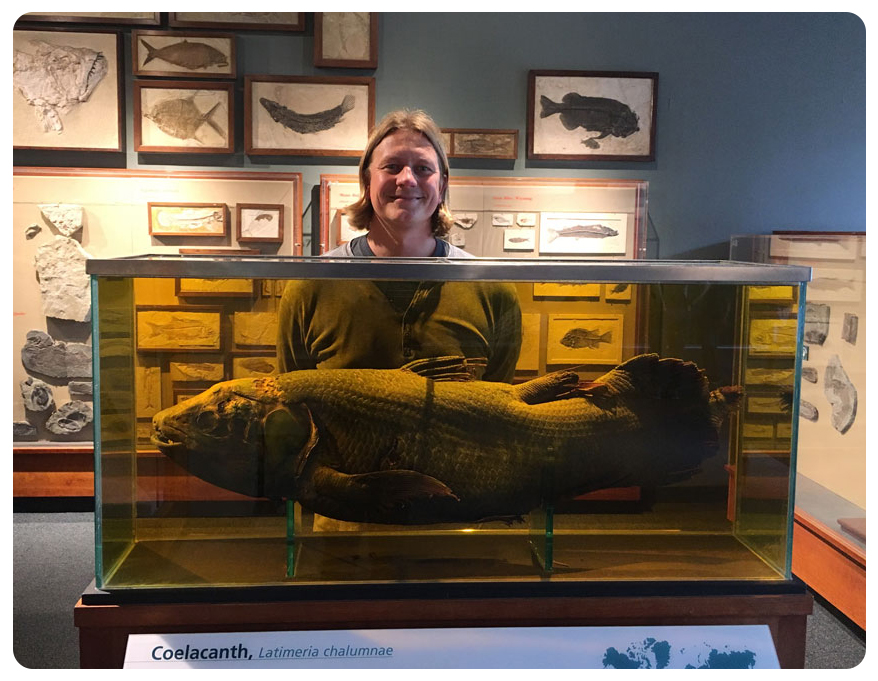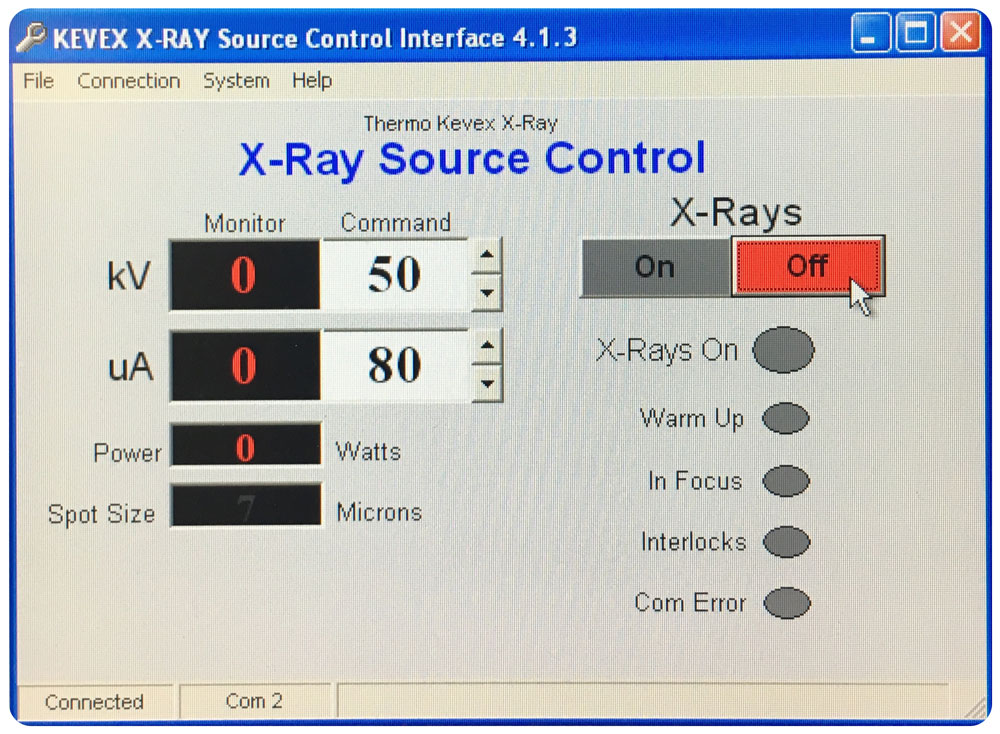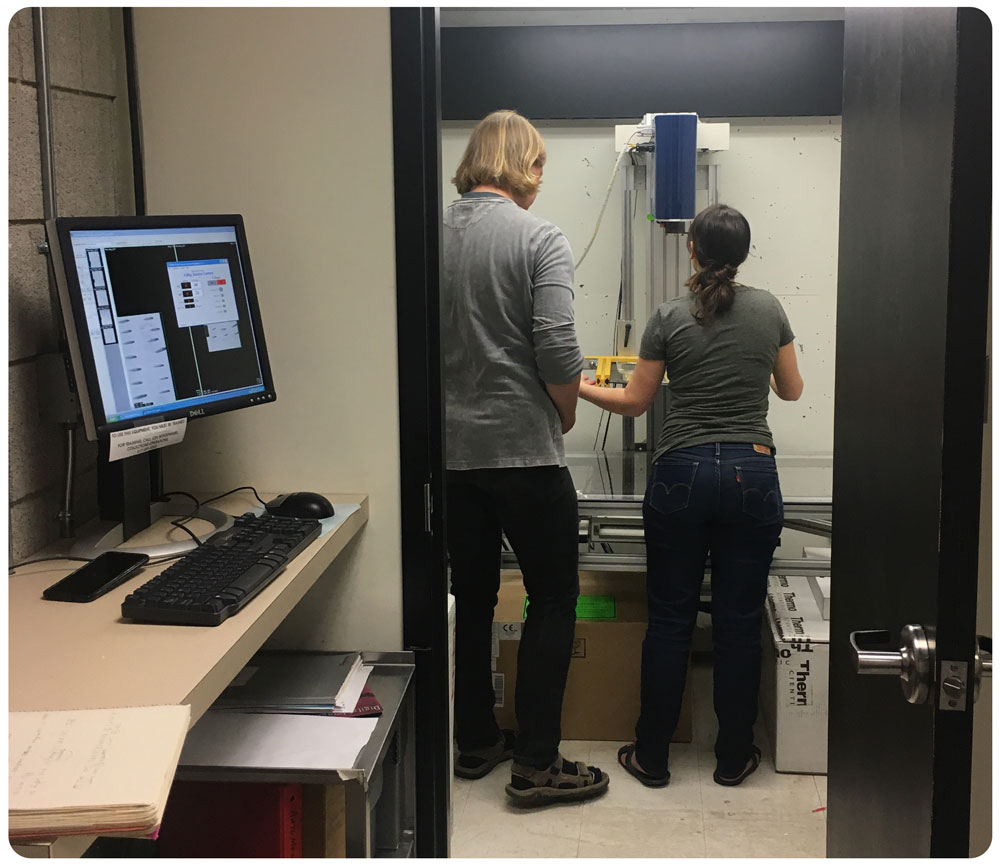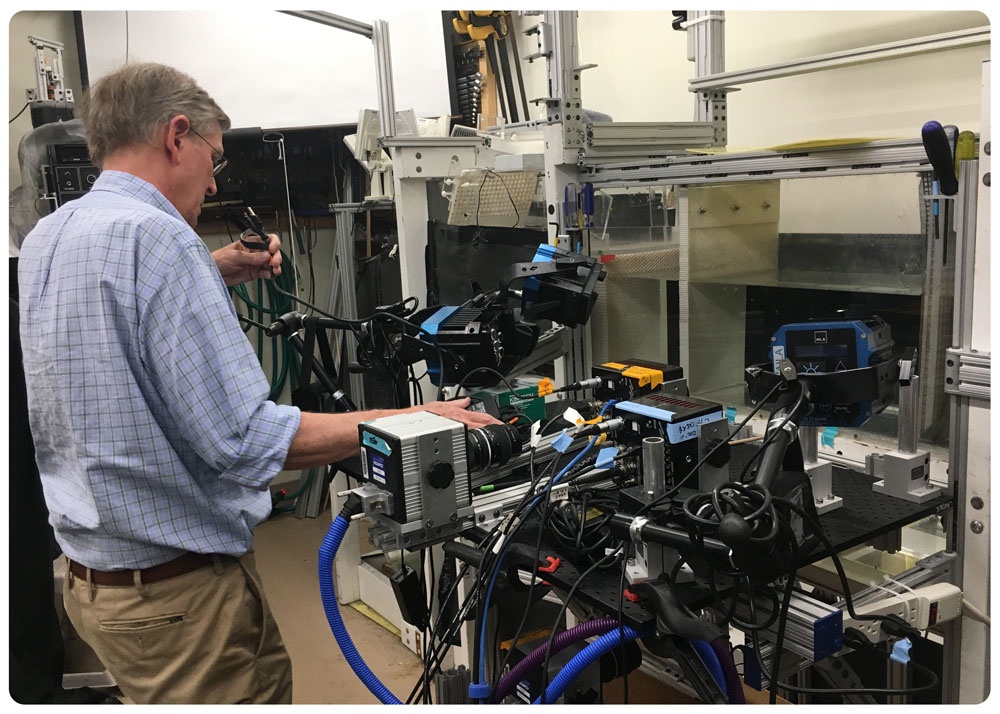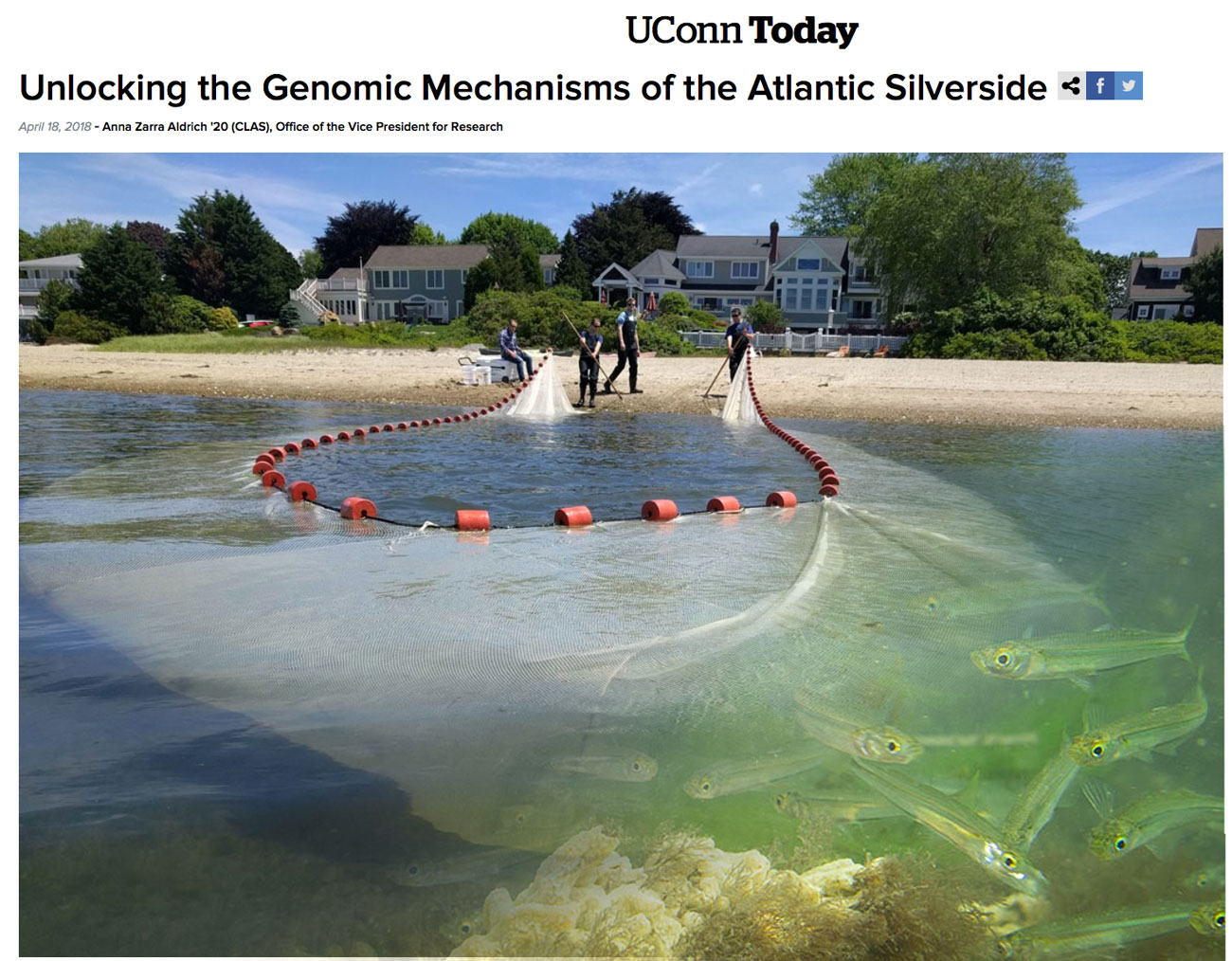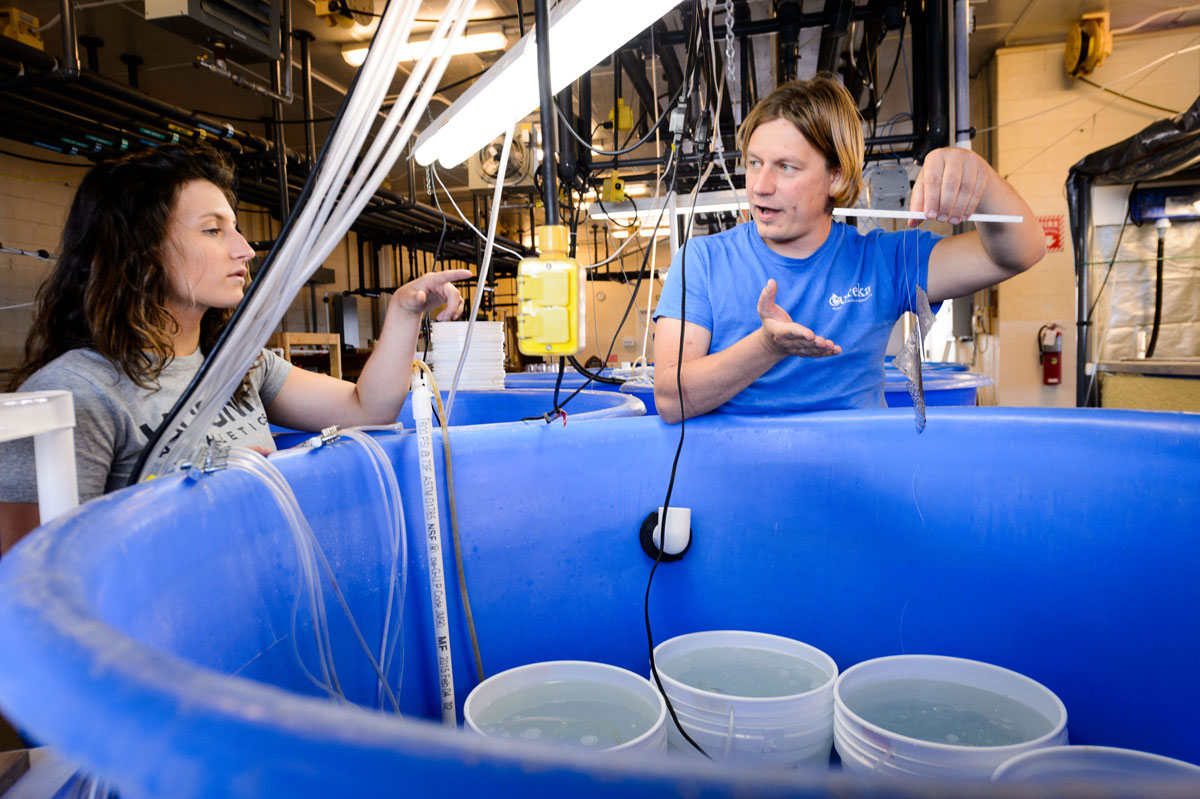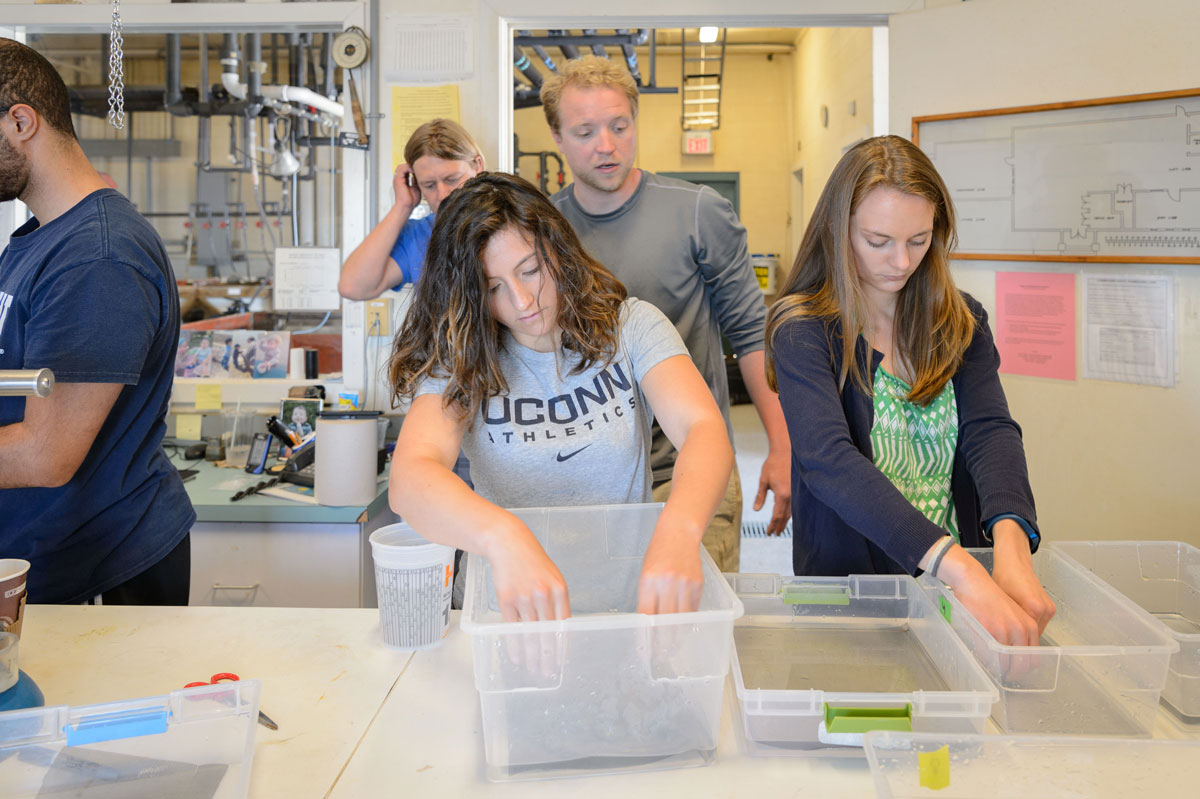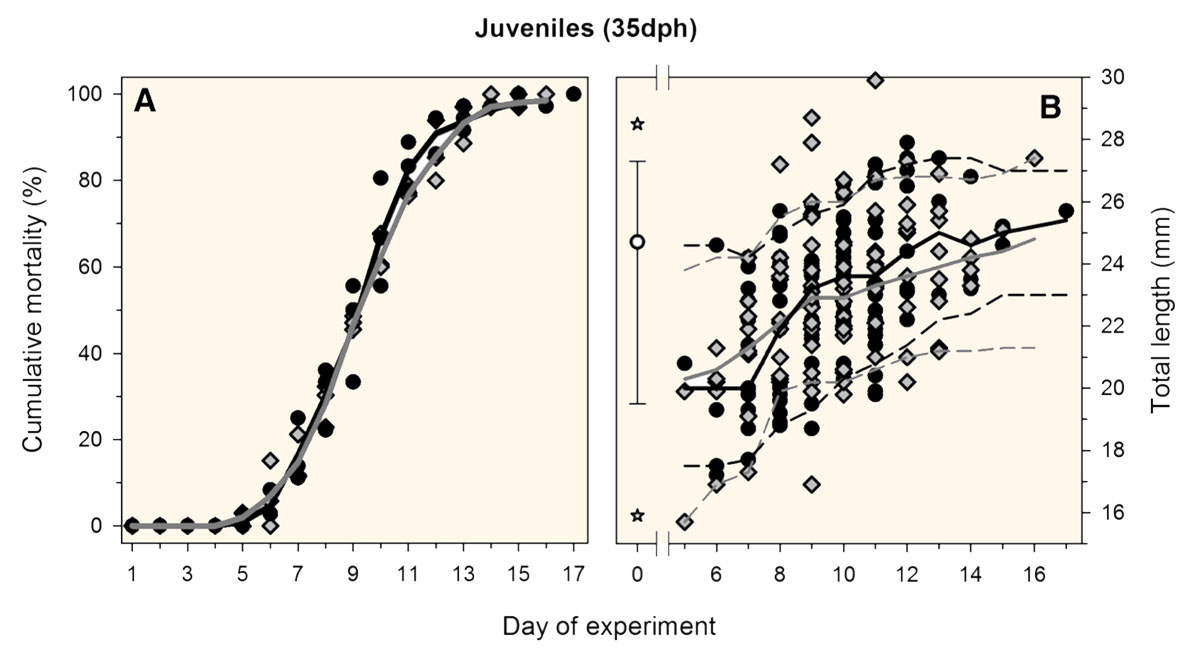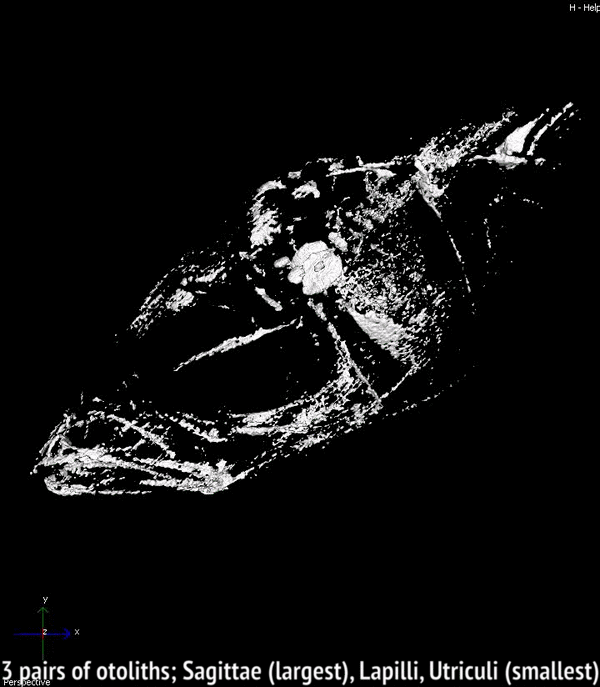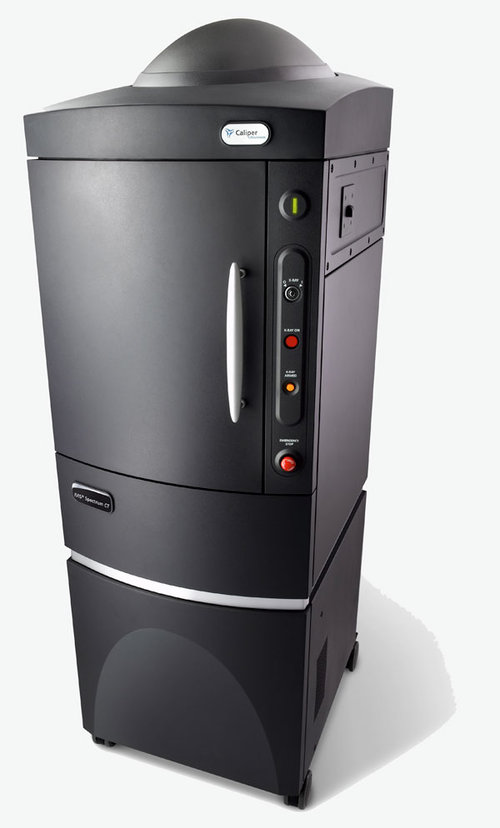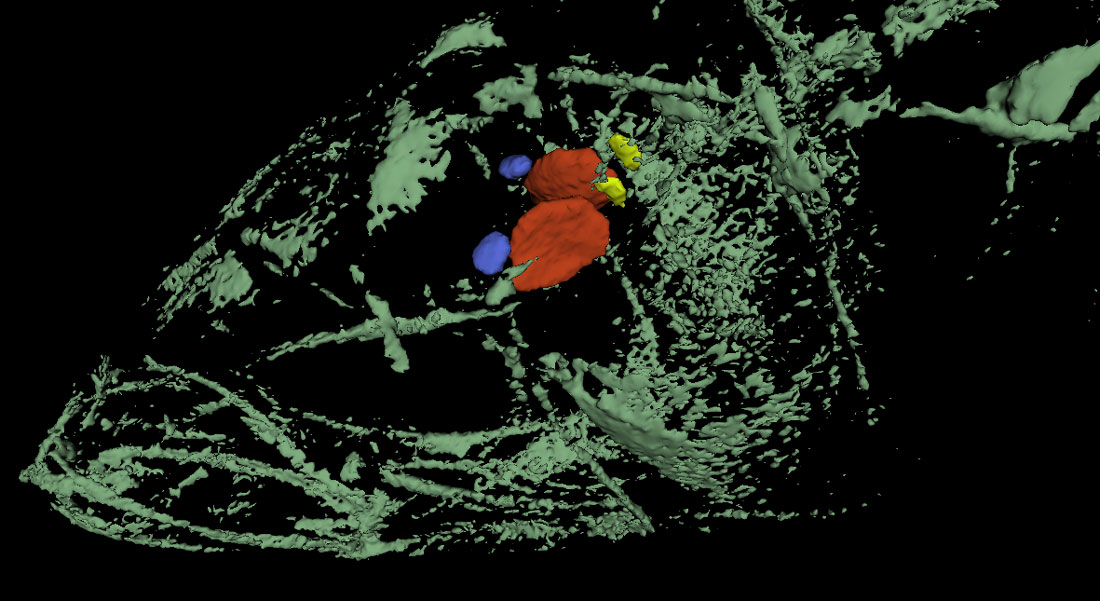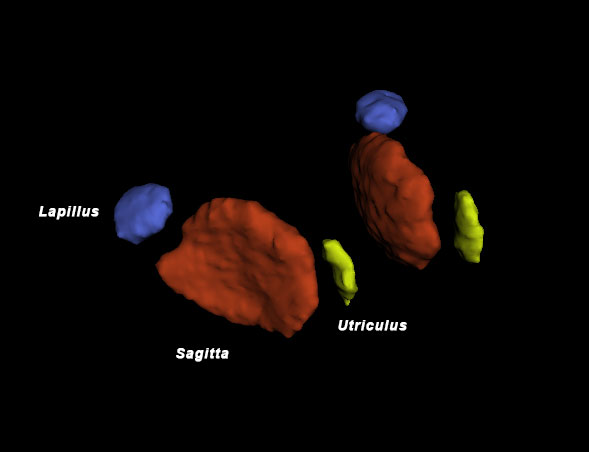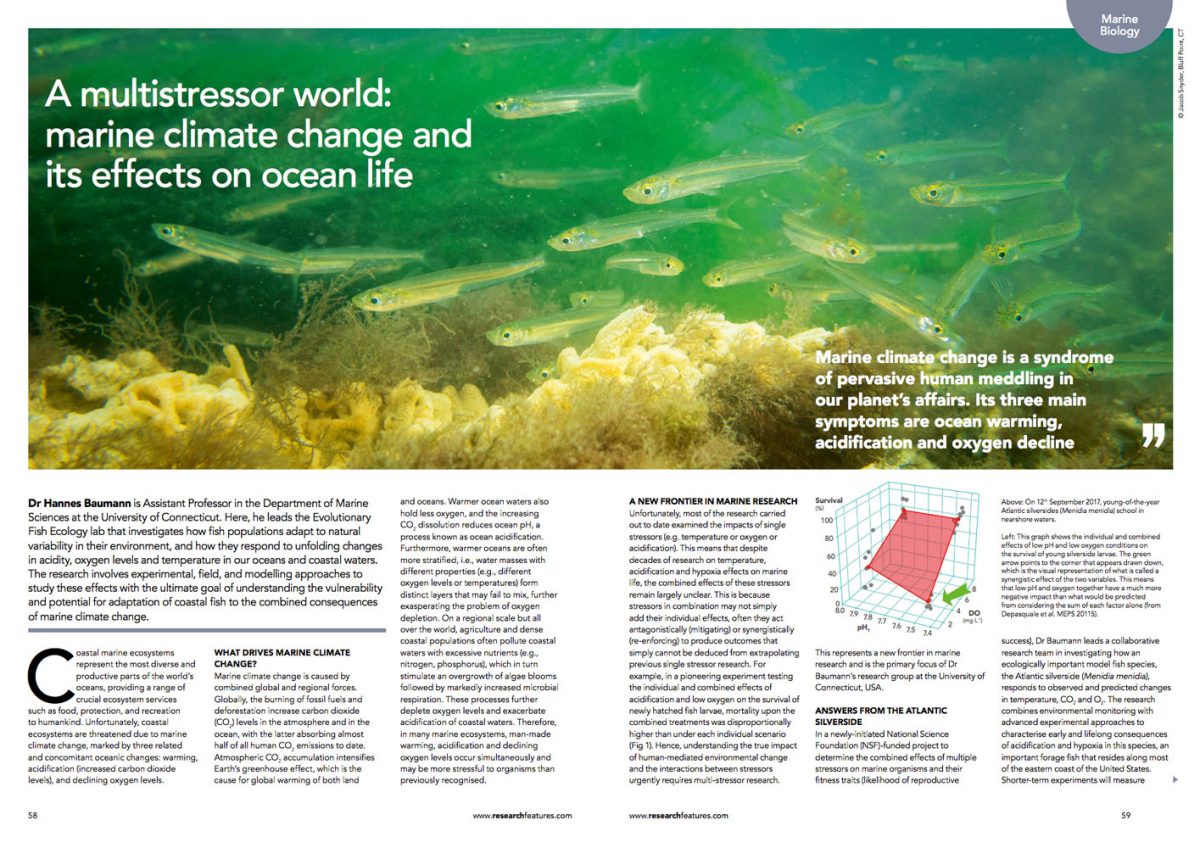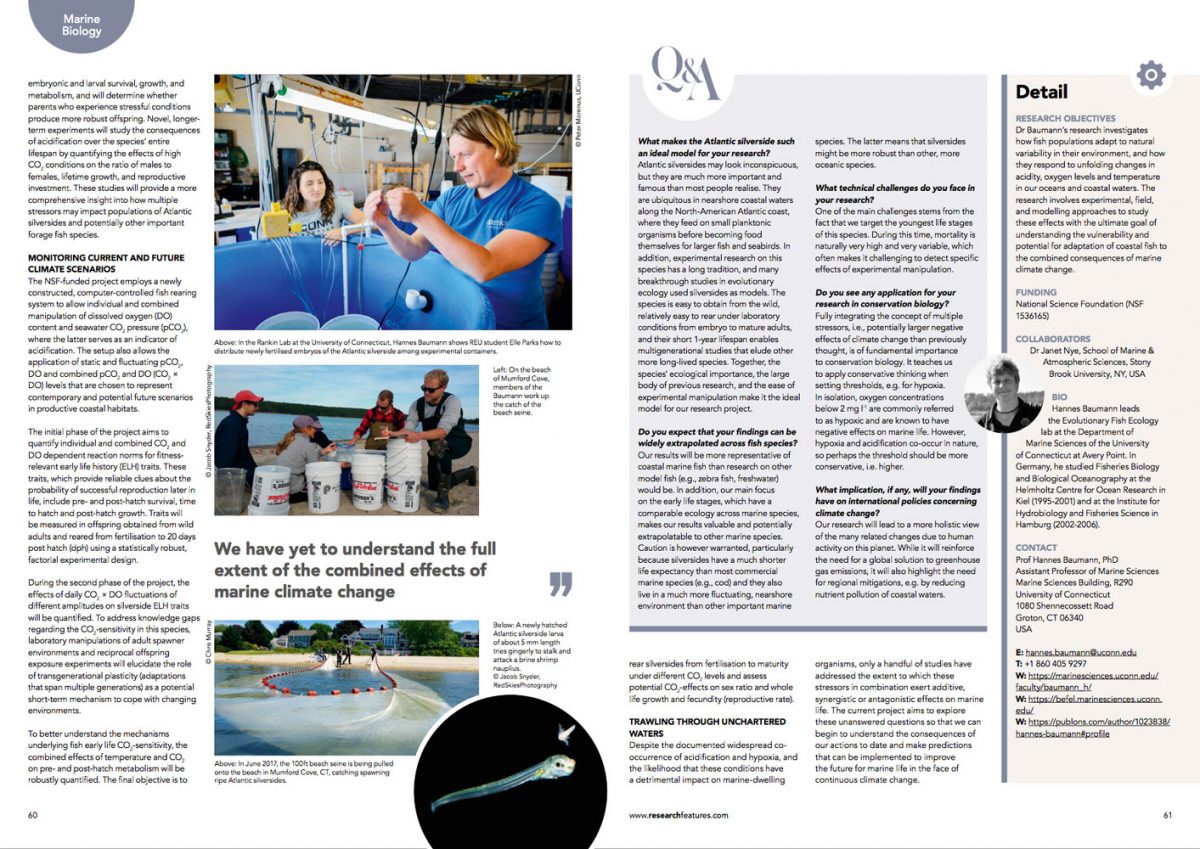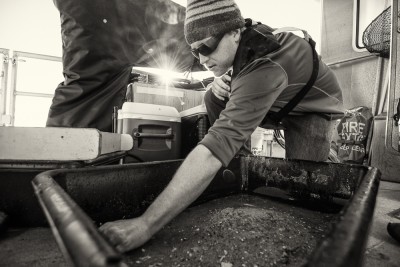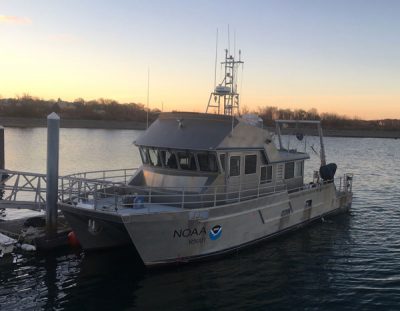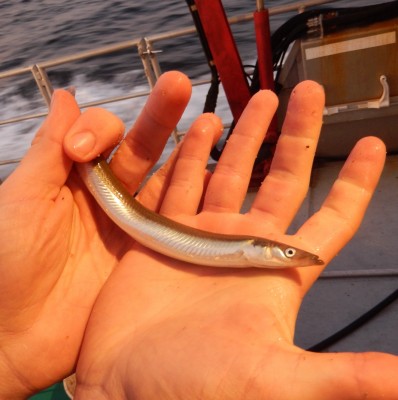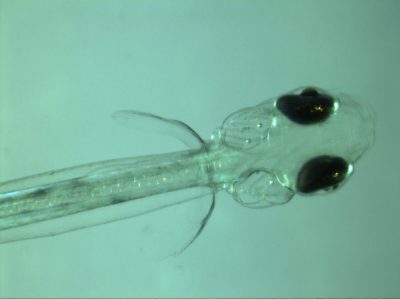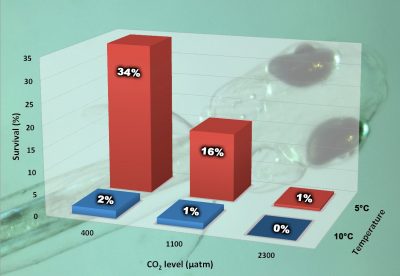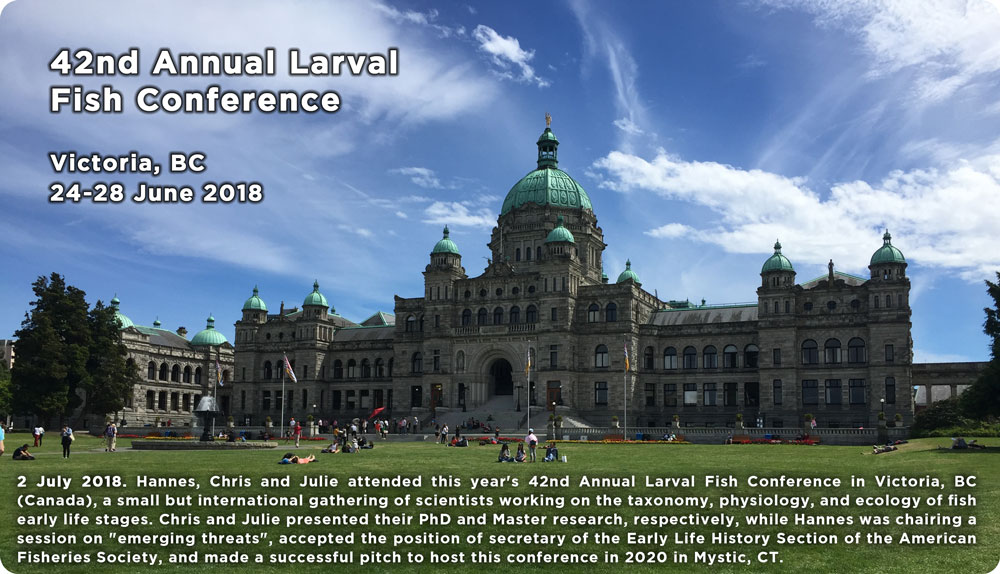
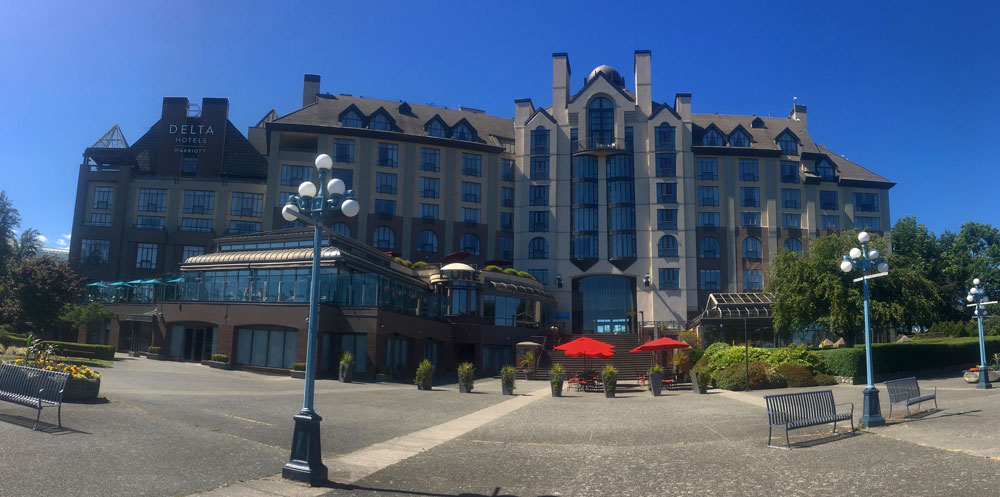
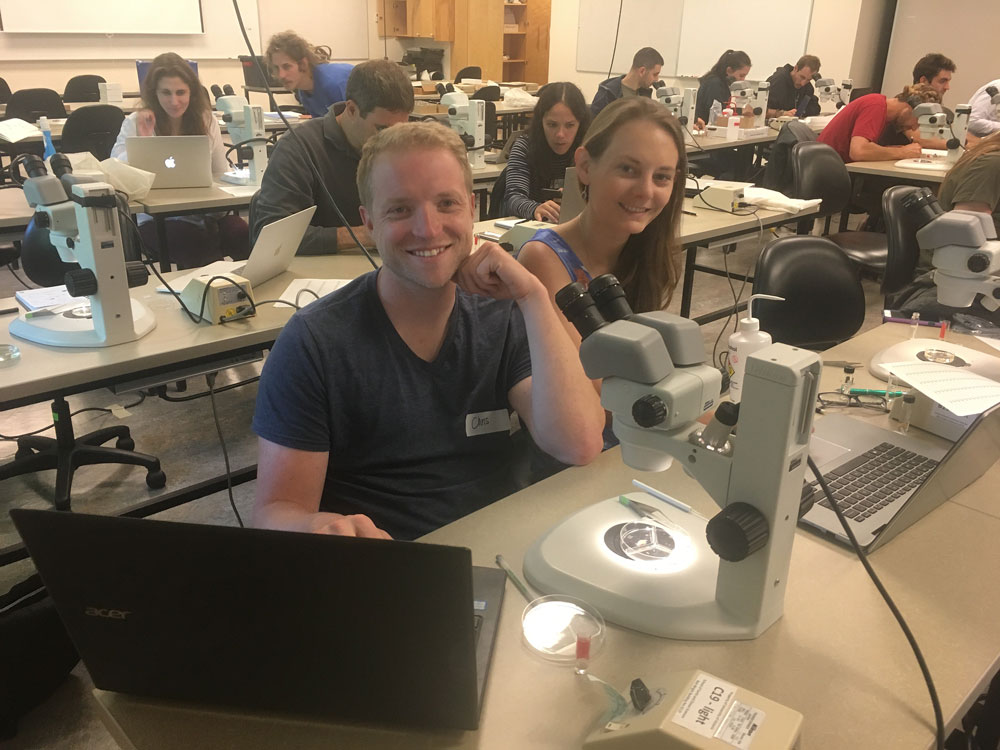
Ever since attending the American Fisheries Society conference in 2014, I’ve wanted to go to another fish-focused conference. I was lucky enough to attend the 42nd annual Larval Fish Conference this year in Victoria, British Columbia, and it surpassed all my expectations. The week started off with a larval fish identification workshop where we got to learn techniques from renowned larval fish experts (and see some really cool fish larvae!). The talks were impressive and thought-provoking, providing many new ideas for research and how to give an engaging talk. My favorite part was meeting all the larval fish ecologists whose publications I’ve been reading for my thesis. I spent most of my evenings exploring Victoria with other grad students attending the conference and left with many new friends from institutes all over the world! The trip ended with a whale watch, where we saw a pod of 5 Orcas. Overall, the Larval Fish Conference was a great experience that I hope to someday attend again!
Oral presentations:
- Pringle, J. and Baumann, H. Sex-specific growth and mortality patterns in juvenile Atlantic silversides (Menidia menidia) from Connecticut waters. Talk. 42nd Larval Fish Conference, Victoria, BC, Canada 24-28 June 2018
- Murray, C.S., Wiley, D., and Baumann, H. Early life stages of the northern sand lance Ammodytes dubius show high sensitivity to acidification and warming in a CO2 × temperature factorial experiment. Talk. 42nd Larval Fish Conference, Victoria, BC, Canada 24-28 June 2018
